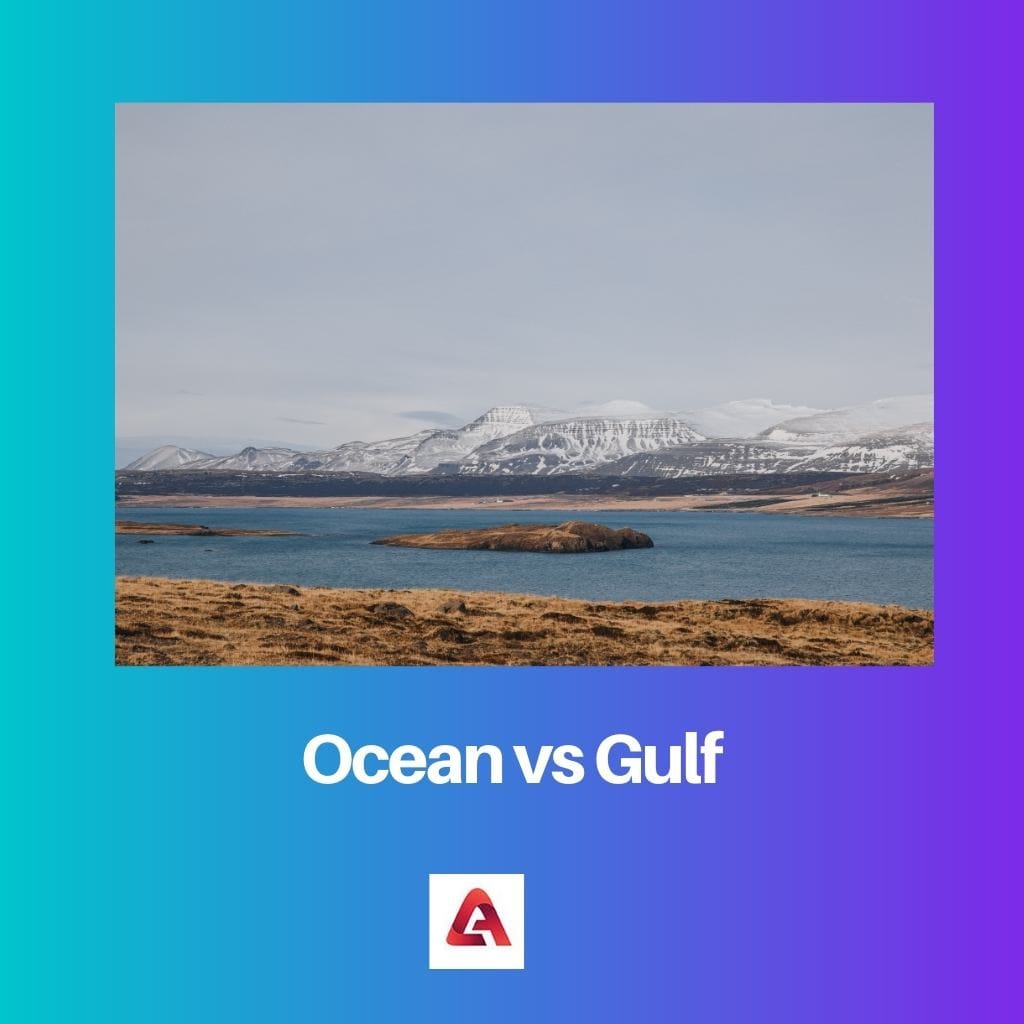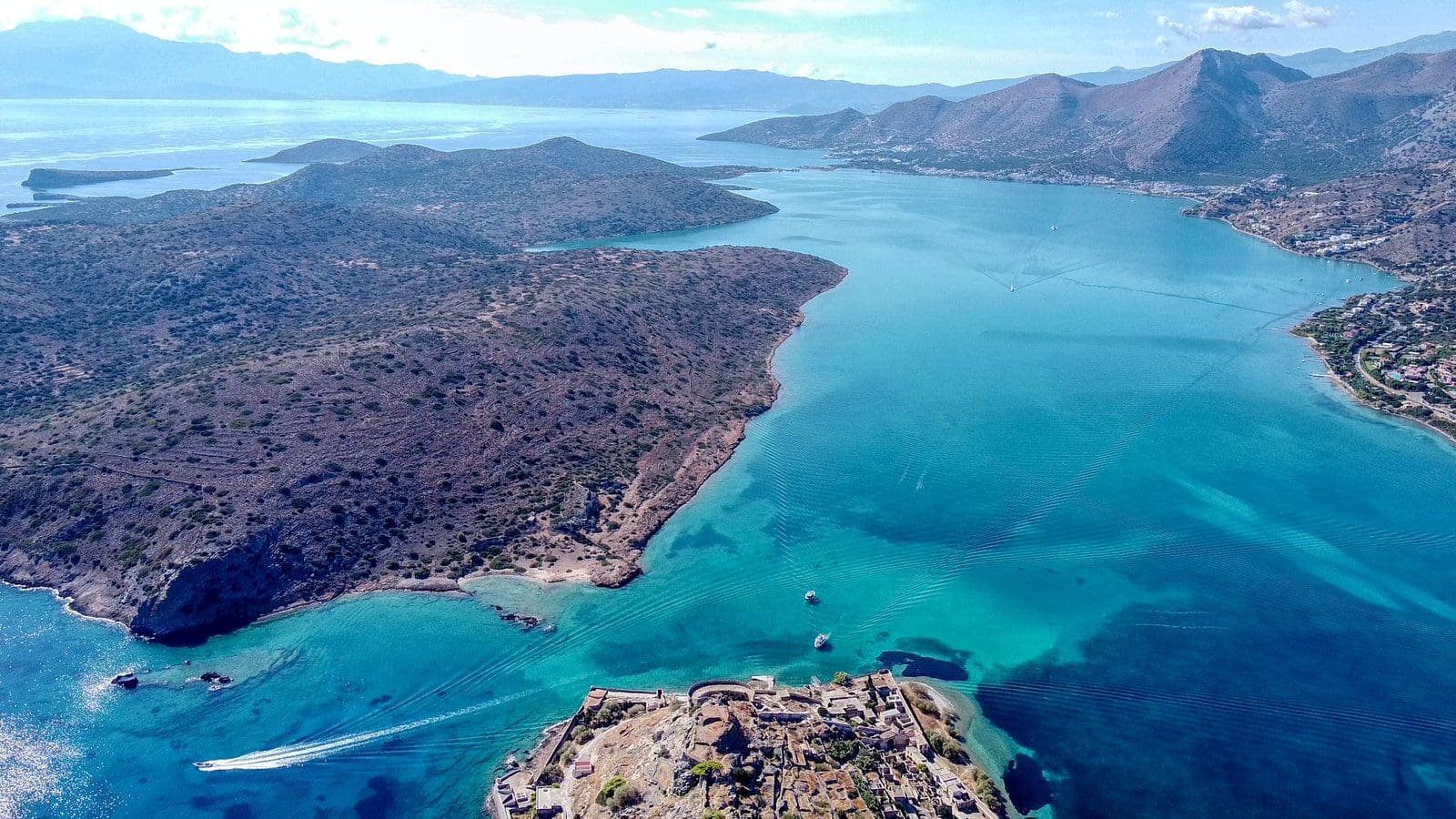The Earth consists of mainly water bodies. A large majority of these water bodies are oceans.
However, the story is quite different regarding water bodies near land. That is where there is a difference between oceans, seas, gulfs, and more are present.
Key Takeaways
- An ocean is a large body of salt water covering more than 70% of the Earth’s surface, while a gulf is a large inlet partially surrounded by land.
- Oceans are larger and deeper than gulfs and are separated by continents, while gulfs are smaller and can be found within continents.
- Oceans are home to a wide variety of marine life. At the same time, gulfs can also support a diverse range of sea creatures but may have different ecosystems depending on their location and water temperature.
Ocean vs Gulf
The difference between an Ocean and Gulf is that an Ocean refers to a large water body of saltwater. These regions are far from the mainland. On the other hand, a gulf consists of a smaller water body present close to the land.

Comparison Table
| Parameters of Comparison | Ocean | Gulf |
|---|---|---|
| Size | The size of an ocean is much bigger than any other water body in the world. | A gulf is considerably big but smaller than an ocean or sea. |
| Surrounding land | There is no land surrounding an ocean. The ocean closest to land is known as the sea. | A gulf is almost surrounded by land. However, there is a small region that connects to the sea. |
| Human Interaction | Because of the large size, there is not much human inhabitation in most of the ocean. | The Gulf does see more human activity. There are a few human settlements and many ships and fishing activities. |
| Depth | The ocean’s depth can reach 36000 feet, as in the Mariana Trench case. | A gulf possesses a depth of only 5000 feet. |
What is an Ocean?
An Ocean consists of a large expanse of water.
They are known to be the main source of water distribution to other water bodies.
This is because an ocean divides into seas.
One considers a sea to a gulf in certain circumstances. An ocean can also become a bay upon dividing further.
In addition, every river flows into a sea and then an ocean.
An ocean consists of saltwater.
The salt concentration is barely two per cent of the total water concentration.
Marine fish thrive in this water. Other organisms, like invertebrates, are also present.
The Earth possesses four oceans:
- Pacific
- Atlantic
- Indian Ocean
- The Arctic Ocean.
The Pacific Ocean is the largest. It also contains the world’s deepest point.
The Mariana Trench is home to several deep-sea creatures. It is around 36,200 feet or 11 kilometres in depth.
The pacific ocean contains more than half of Earth’s liquid water.
The Ocean is also home to various cnidarians, also known as corals.
The Pacific Ocean contains the most coral formation in the entire world
Australia has a special form of reef known as the Great Barrier Reef.
This region possesses the highest concentration of corals. It is present on the eastern side of the Australian subcontinent. A reef is the most populated region in an ocean.
Oceans are also present on other planets.
This fact is a source of fascination, implying that life might be present in the oceans.
Oceans are also known to house volcanoes. These are known as Submarine Volcanoes.
The Tamu Massif is the largest submarine volcano. It is present at the bottom of the pacific ocean.
Oceans also see a fair share of earthquakes.
Sometimes, the tectonic plates below the ocean floor shift and cause an Earthquake. The energy dissipated from this event leads to a Tsunami on the land.
The Ocean also plays an important role in maintaining the water cycle.
It is the primary source of water that undergoes evaporation.
The evaporation leads to the formation of clouds.

What is a Gulf?
A gulf is a smaller body of water near land.
The land surrounds the water body and only allows it to connect to a sea or ocean through a narrow region.
A gulf also has saltwater.
There are few gulfs present around the world.
They are:
- Gulf of Mexico
- Panama Gulf
- Gulf Of Kutch
- Persian Gulf
- Gulf of Suez
- Gulf of Oman
The largest gulf from this list is the Gulf of Mexico.
This gulf connects several countries like Cuba, Mexico, USA.
This gulf connects to the Atlantic Ocean.
Gulfs contain a special feature known as an Upwelling. Upwelling is when the more potent water containing minerals and food rises to the surface.
This is a good breeding ground for fish and other organisms.
Gulfs also see a lot more human activities. Most ports are present in a gulf, especially in the Suez Gulf. The canal present in the Suez Gulf is crossed by innumerable ships per year.
These ships carry oil from Arab countries to other places. The Suez Gulf is present near Egypt and Israel.
The middle east also uses the Persian Gulf for trade. This gulf connects most Arab countries like Iran, Iraq, and more.

Main Differences Between an Ocean and a Gulf
- An ocean houses most of the water on Earth.
- A gulf is quite shallow and does not account for much of the free water.
- An Ocean is a water source for all the water bodies, directly or indirectly. Directly in the case of seas and rivers. Indirectly in the case of the lakes. The Gulf is the result of the oceans.
- The ocean is deeper than a gulf.
- An ocean has a much larger area in comparison to a gulf.
- A gulf sees many more human activities per square kilometre than an ocean.




